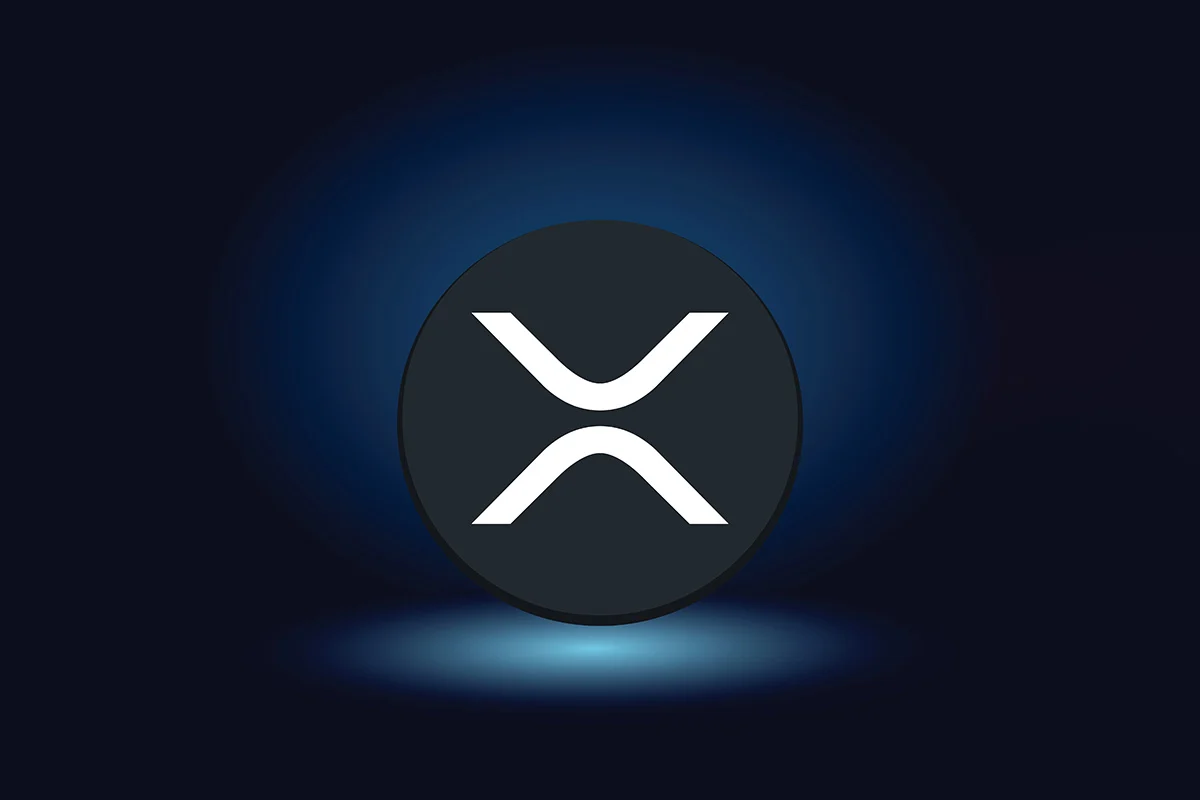Trump admin Treasury touts trade deficit reduction due to tariff, spending strategies
The Trump administration’s Treasury claims its tariff strategy and tighter control of government spending are finally working to reduce the country’s massive trade deficit, according to internal analysis by staff members.
The officials said it’s a mix of import duties and slower public spending that is now apparently working to narrow the fiscal gap. During the three months ending in June, government outlays rose just 0.2% compared to last year, a huge plunge from previous quarters, when increases ranged between 7.1% and 28.5%.
In the third quarter this year, spending was down 2.5% compared with a year earlier.
The Treasury said that tariff revenues will bring in around $300 billion in 2025, with projections climbing to $400 billion in 2026 if monthly inflows continue.
“We are going to be in much better shape than people think,” said Joe Lavorgna, economic counsellor to Treasury Secretary Scott Bessent. “Most of the time people come in and think it’s business as usual, but there’s no question that the Trump administration has made rapid progress on tariffs.”
Tariff revenue and spending slowdown drive fiscal shift
Counsellor Lavorgna added that much of the deficit’s improvement started in April, right along with stronger tariff receipts and weaker federal outlays amid Elon Musk’s DOGE phase.
“On the revenue side, we’re getting a lot more from tariffs. More importantly is that spending isn’t growing as quickly,” he said. The Treasury believes these trends show the government is moving toward the president’s goal of cutting the deficit without triggering an economic slowdown.
The Congressional Budget Office (CBO) projects that tariffs could help reduce the deficit by nearly $4 trillion over the next decade. Still, the same CBO analysis estimates that Trump’s major spending bills will add about $4.1 trillion in new debt.
The Treasury, however, argues that those projections ignore the growth effects of tax cuts and new business incentives designed to expand output. Treasury said the administration’s approach is based on a simple equation: higher tariff income and slower spending growth should translate to a smaller fiscal gap by 2028.
The U.S. currently runs a deficit equal to roughly 6% of GDP, even with unemployment at near-record lows. Bessent has publicly set a target of 3% by the end of Trump’s second term.
The Treasury says it is confident in that goal, pointing to reduced quarterly outlays and the steady stream of tariff collections as proof that the government’s balance sheet is already stabilizing.
At press time, the 10-year yield is at 3.963%, the 2-year note has dipped slightly to 3.457%, and the 30-year bond is near 4.546%, according to data from CNBC.
IMF questions progress as Treasury yields remain flat
The International Monetary Fund (IMF) is less optimistic. In a report last week, it said the U.S. is unlikely to cut its deficit from current levels, calling it the widest among developed economies.
The fund blamed both Biden’s and Trump’s administrations for letting the national debt pile up. The IMF’s position stands in direct contrast to the Trump team’s view that the Treasury’s fiscal tightening is beginning to deliver results.
Meanwhile, U.S. Treasury yields were steady on Wednesday, as investors waited for the next batch of inflation data during a government shutdown now stretching into its fourth week.
Markets are now focused on Friday’s Consumer Price Index report, the first major data point since the shutdown began. Analysts at the CME Group say the CPI release will help investors read inflation trends ahead of the Federal Reserve’s October meeting, as all other official economic reports remain frozen.
Sharpen your strategy with mentorship + daily ideas - 30 days free access to our trading program
You May Also Like

China Bans Nvidia’s RTX Pro 6000D Chip Amid AI Hardware Push

Why This New Trending Meme Coin Is Being Dubbed The New PEPE After Record Presale
